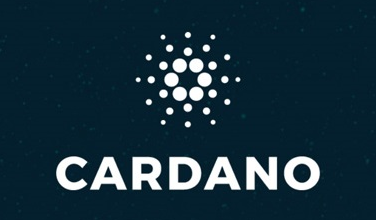Cardano Founder Predicts Ethereum’s Decline Due to Structural Issues

In a recent Ask Me Anything (AMA) session, Charles Hoskinson, the creator of Cardano, raised concerns about the long-term sustainability of Ethereum, suggesting that the platform may witness a significant exodus of users over the next decade or so. Hoskinson attributed this potential decline to Ethereum’s existing structural issues, scalability challenges, and operational inefficiencies, which could prompt users to explore alternative blockchain networks as more attractive options emerge.
One key point of contention that Hoskinson brought up was Ethereum’s reliance on Layer-2 (L2) solutions to alleviate its scaling problems. While these solutions may offer temporary relief from network congestion, Hoskinson warned that they could evolve into a burden, sapping resources from the Ethereum network without delivering sustainable value in the long run. Such a scenario could potentially drive users away from Ethereum and towards competing blockchain ecosystems that offer more efficient solutions.
Moreover, Hoskinson also criticized Ethereum’s governance framework and network architecture, pointing out that an increasing number of users are migrating to alternative platforms, particularly those embracing Layer-2 solutions that have gained prominence in the blockchain landscape. The heavy reliance on these solutions could further exacerbate Ethereum’s scaling dilemmas and create internal tensions within the network, posing challenges for maintaining stability and retaining users in the long term.
In addition to these concerns, Hoskinson highlighted several fundamental flaws in Ethereum’s design, including its proof-of-stake (PoS) consensus mechanism, accounting model, and virtual machine. According to him, these shortcomings were entirely avoidable and arose from decisions made by the Ethereum Foundation, disregarding advice from industry experts. Hoskinson emphasized that self-inflicted missteps in these critical areas could jeopardize Ethereum’s position as a leading player in the blockchain industry, especially as rival projects continue to innovate and address the platform’s ongoing challenges.
Despite Ethereum’s pioneering role in the blockchain sector, Hoskinson’s remarks underscore persistent doubts about its scalability and ability to uphold its leadership status in the decentralized ecosystem. As alternative blockchain projects advance and tackle the issues confronting Ethereum, the platform faces uncertainty regarding its capacity to adapt to increasing competition and evolving user demands. Time will tell how Ethereum navigates these challenges and sustains relevance in a rapidly evolving blockchain landscape.






